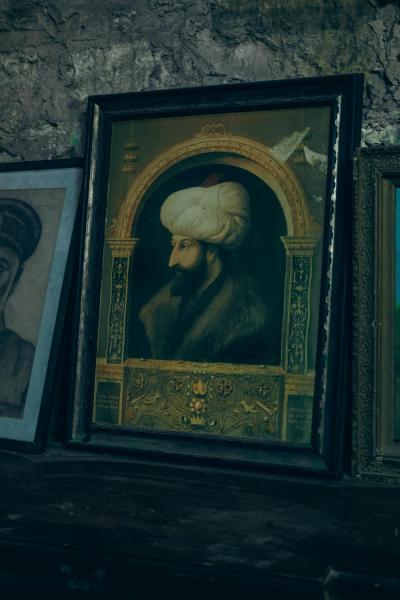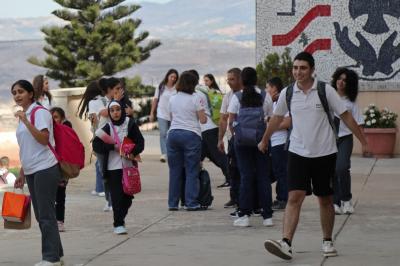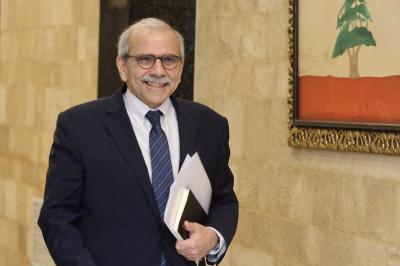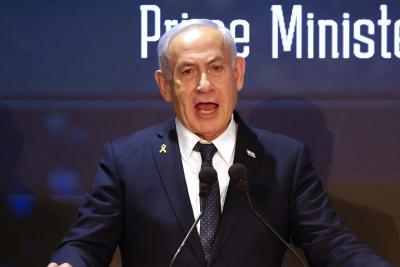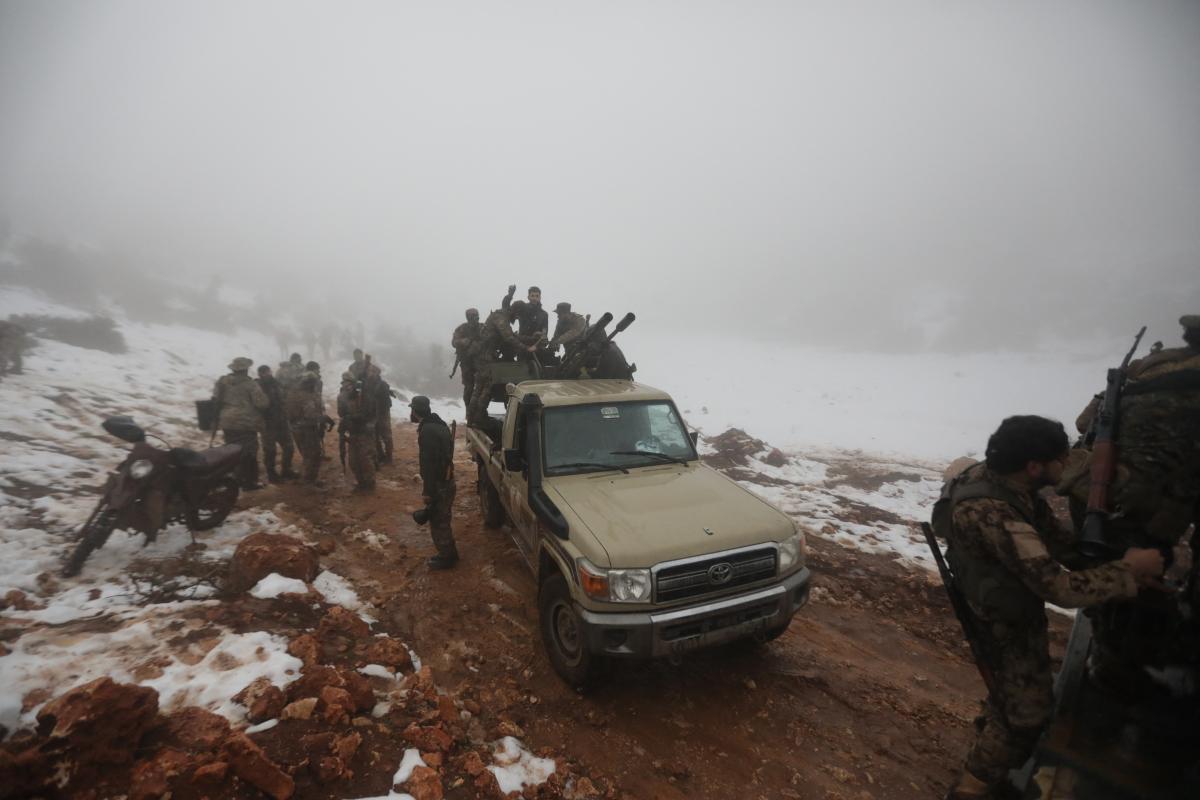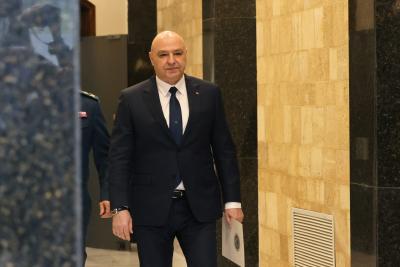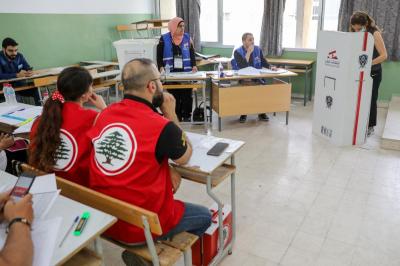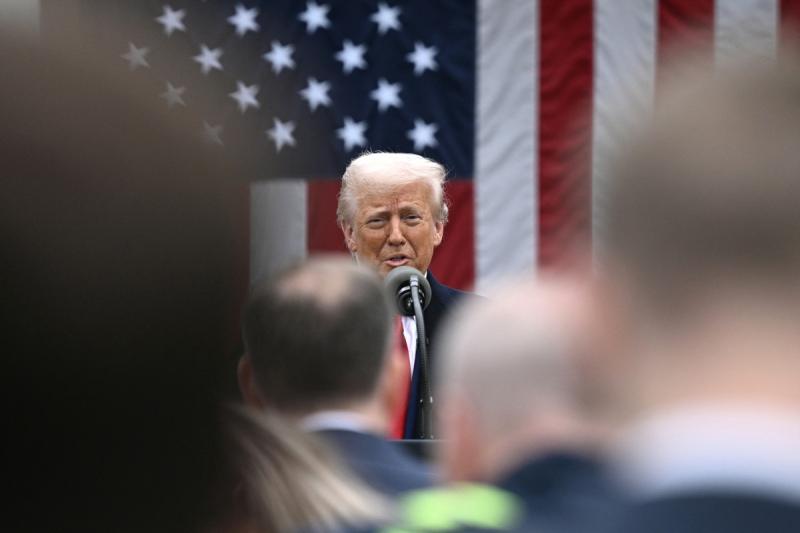As attention turns to February 18—the renewed deadline for Israel's withdrawal from Lebanese territories—Israeli airstrikes have intensified, extending beyond the south to target the Bekaa Valley and Akkar in Lebanon. Meanwhile, Israel has not wrapped up its demolition of structures in villages abutting the border. Against this backdrop, tensions have escalated along Lebanon’s northeastern border with Syria in the Hermel district:
February 6: Clashes erupted in the Syrian town of Hawik, whose landowners are Lebanese.
February 7: Lebanese President General Joseph Aoun called Syrian President Ahmad al-Sharaa to extend congratulations and set up coordinated efforts to stabilize the border area and protect civilians.
February 8: Shells fired from the Syrian side landed in Lebanon, prompting a firm response from the Lebanese Army, on President Aoun’s orders, in retaliation to the attacks.
While the apparent narrative suggests that these confrontations are between the Syrian Army and smugglers or outlaws—many of whom belong to Lebanese Bekaa clans with ties to villages inside Syria—other reasons raise critical questions about these groups' true affiliations. Several factors need to be examined before determining the nature of these clashes:
Many of these villages are in Syria and their Lebanese residents own the land, The majority of these residents are Shiite. The Lebanese Syrian border stretches over 359 kilometers (198-miles) but it remains undefined. Historically, even before the Assad regime, Syrian leaders viewed Lebanon as either a "historical mistake" or its 15th province.
In April 2006, during Lebanese national dialogue sessions, leaders called for official border demarcation. However, the then
Syrian president Hafez al-Assad insisted that the process begins with the contested Shebaa Farms and Kfar Shuba Hills, effectively thwarting the effort.
On August 14, 2008, the issue resurfaced during talks in Damascus between Bashar al-Assad and Lebanese President Michel Sleiman, buoyed by international support after the Doha Agreement. They officially agreed to activate a Syrian-Lebanese committee tasked with border demarcation—a body initially formed in the 1940s. Yet, like many such promises, this too remained ink on paper.
Smuggling: Lifeline of Border Economies
Since the creation of modern Lebanon in 1920, smuggling has been a cornerstone of the border region’s economy. Numerous illegal crossings sustain both Lebanese and Syrian villages. Over time, political and military elites on both sides profited from this illicit trade, depriving their governments of substantial revenue.
The outbreak of the Syrian civil war in 2011 further complicated the situation. Hezbollah’s involvement in the conflict transformed the border area into an arms hub fighters, and illicit goods, particularly illegal drugs with the Fourth Division under Maher al-Assad (Former Commander of the 4th Division, dubbed as Presidential Guard / Assault division,). This cooperation extended to smugglers protected by influential Lebanese political forces. Sheikh Sadeq al-Nabulsi, a Hezbollah ally, openly stated on France 24 in April 2021 that "smuggling is an inseparable part of the resistance and the defense of Lebanese interests."
A Shifting Regional Landscape
Today, shifting dynamics across the region are unraveling the resistance axis:
The dismantling of the Assad regime’s control in Syria has severed Hezbollah’s critical supply lines.
In Lebanon, General Joseph Aoun’s ascent to the presidency—bolstered by a strong inaugural address emphasizing state sovereignty and the monopoly on arms—signals a potential shift in national priorities.
Israel, with U.S. and French backing, has aggressively sealed dozens of illegal crossings between Lebanon and Syria, aiming to cut off Hezbollah’s supply routes, in line with the ceasefire agreement the group reluctantly accepted.
Some fear that the Hermel clans might be a tool used by Hizballah the same way it used the tactic of "Residents' Anger" tactic
The porous borders and unchecked crossings have provided Israel with justification for repeated strikes, backed by U.S. support and implicitly aligned with the ceasefire terms.
Both Lebanese and Syrian authorities share concerns about these unregulated crossings. For Lebanon, they represent an open door to Israeli aggression; for Syria, they pose a security risk by allowing remnants of the regime’s opponents or Hezbollah factions to infiltrate. The Syrian National Army's recent operations along the northeastern Bekaa border are seen as part of efforts to assert control, eliminate smugglers and unauthorized fighters, and secure the frontier.
Lebanon’s Crossroads: A Chance for Sovereignty?
In Lebanon, opinions are divided. Some view the clashes as a reflection of lingering resentment from Syria’s new leadership towards Hezbollah’s intervention during the civil war. Others fear that Hermel’s clans could become a pawn in Hezbollah’s hands, used to disrupt or pressure the new administration.
However, the swift deployment of Lebanese forces and their measured response—targeting the source of fire without being drawn into Syria’s internal conflict—could represent a pivotal opportunity. By asserting control in one of the most sensitive regions, Lebanon could finally begin enforcing UN Security Council Resolution 1680, which calls for border demarcation and security between Lebanon and Syria.
The question remains: Will Lebanon seize this opportunity to solidify its sovereignty, or will history repeat itself, leaving the border in perpetual limbo?
 French
French

